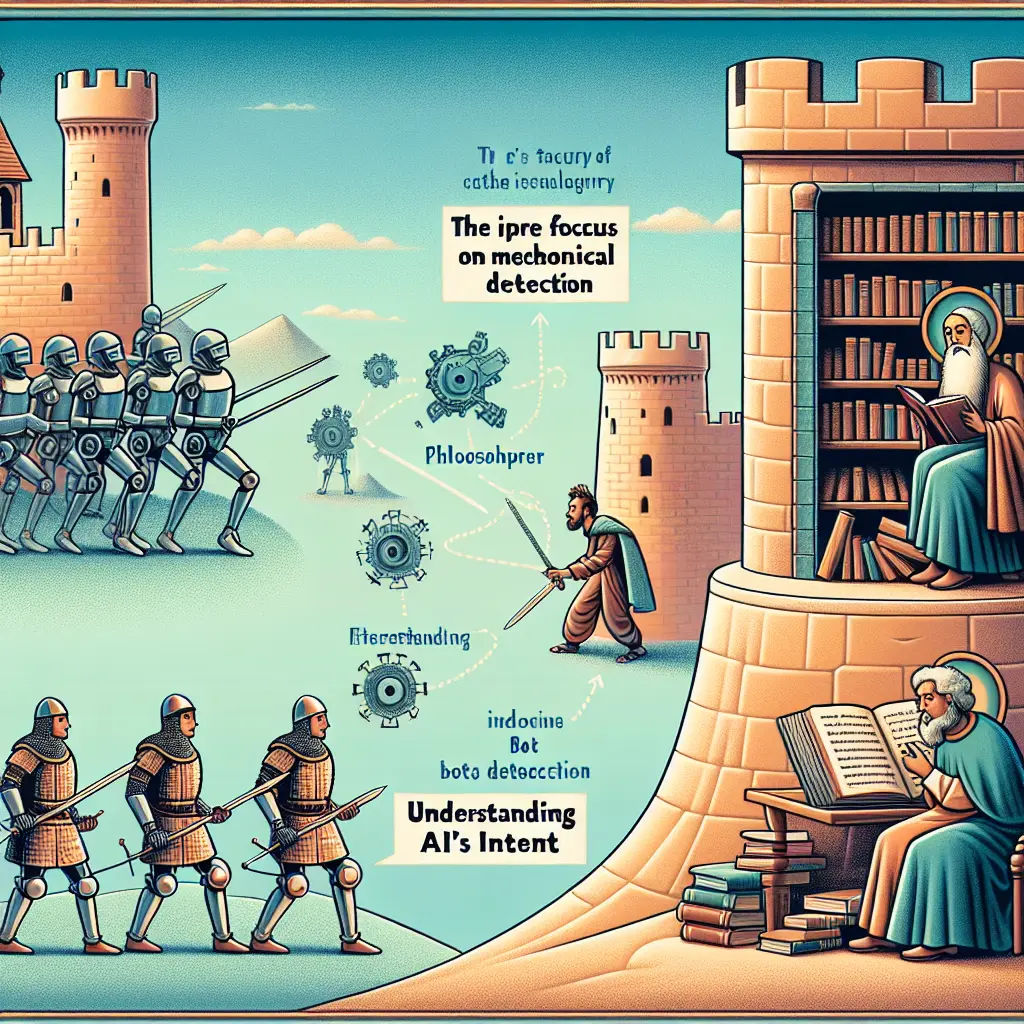In the rapidly evolving digital landscape, the intersection of artificial intelligence and cybersecurity is reshaping how organizations protect their most valuable cloud-based assets.
Cloud computing has revolutionized how businesses operate, offering scalability, agility, and innovative solutions. However, with these benefits come new vulnerabilities. As more enterprises migrate to the cloud, cybercriminals are constantly devising sophisticated threats that traditional defense methods struggle to counter. This dynamic challenge has driven researchers to seek more proactive, intelligent approaches to cloud security.
Recently, AI researchers Advait Patel and Adit Sheth introduced a groundbreaking research framework that could redefine the future of cybersecurity in cloud environments. Their work focuses on harnessing generative AI and cloud-native intelligence to build predictive defenses—essentially enabling systems to anticipate and neutralize threats before they can cause harm.
Generative AI for Threat Prediction: By leveraging generative AI models, the framework can analyze vast amounts of cloud data and recognize subtle patterns that often precede a cyberattack. This allows for earlier detection and faster mitigation.
Cloud-Native Intelligence: The research integrates security measures directly into cloud-native architectures, enhancing real-time monitoring and automated responses tailored to unique cloud configurations.
Theoretical Foundations and Key Advantages of Proactive Security
Theoretical Foundations: Patel and Sheth’s approach is not just practical; it also advances the theoretical understanding of predictive defense mechanisms, laying the groundwork for more adaptive and self-learning security systems.
Cyber threats are becoming increasingly stealthy and automated. Relying solely on reactive measures—like patching vulnerabilities after exploitation or responding post-breach—is no longer sufficient. Proactive cybersecurity, especially powered by AI, offers several distinct advantages:
Early Threat Detection: AI models can flag anomalies and suspicious behaviors before attackers fully execute their plans.
Automated Response: Cloud-native intelligence can instantly isolate or remediate affected systems, reducing response time from hours to seconds.
Scaling Security and Minimizing Risk in Cloud Environments
Scalability: As cloud environments grow in complexity, AI-driven solutions scale effortlessly, handling vast data volumes and diverse infrastructures.
Reduced Human Error: Automation minimizes manual oversight and fatigue, two factors that frequently lead to security lapses.
As organizations embrace digital transformation, adopting proactive, AI-enhanced cybersecurity frameworks will become the standard rather than the exception. The work of researchers like Advait Patel and Adit Sheth signifies an important leap towards intelligent defense systems that can keep pace with—and even outsmart—emerging threats in the cloud.
For those interested in learning more about this innovative research, you can read the full article here.
As the digital frontier expands, so must our efforts to defend it. Harnessing AI for proactive cloud security is more than a technological advancement—it is a critical step in safeguarding our future online.









Leave a Comment